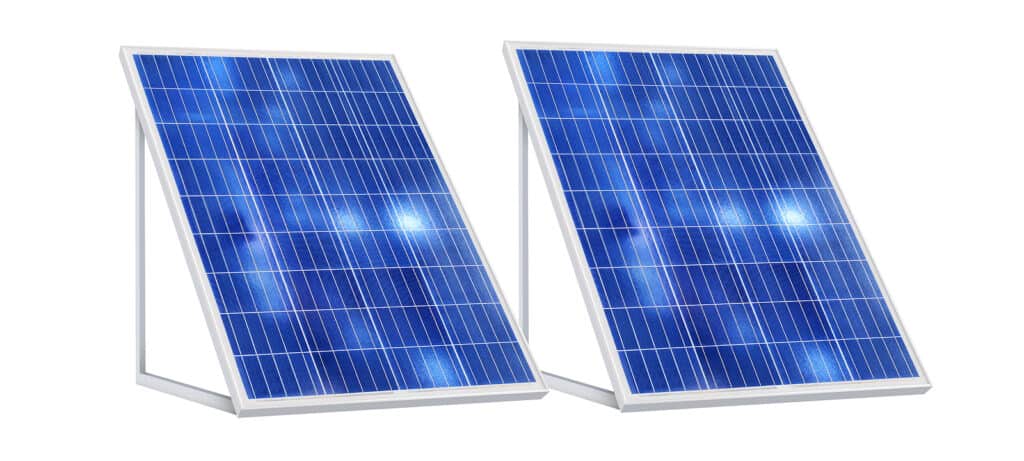Cutting the 20 kw solar Cord: A Comprehensive Guide to Going Off-Grid with 20kw Solar Power and Battery Storage
Considering living in a remote area with limited or expensive grid access, I've been contemplating the idea of embracing an off-grid lifestyle powered by a solar system with battery storage. It's an exciting prospect that comes with its own set of important considerations. In this blog post, I'll delve into what I need to know about going off-grid and the numerous benefits of relying on a 20kW solar system with battery storage for my energy needs.
Living in a remote area means traditional grid connectivity might be challenging or costly to establish. However, by embracing an off-grid solar power system, I can become self-reliant when it comes to meeting my energy requirements. It's an eco-friendly approach that aligns with my values of sustainability and reducing my carbon footprint.
What is an off-grid solar system with battery storage?
An off-grid solar system with battery storage is a complex and highly efficient power system that utilizes solar energy to generate electricity, store it in batteries, and supply it to your home or business. Unlike traditional grid-tied systems that rely on the utility company for power, this system operates independently, making it an excellent option for remote locations and areas with limited grid access.
The system typically consists of several key components, including solar panels, a charge controller, batteries, an inverter, and a backup generator. The solar panels capture sunlight and convert it into DC electricity, which is then sent to the charge controller. The charge controller regulates the flow of electricity to the batteries, ensuring they receive the correct amount of charge and preventing overcharging.
The batteries store excess energy generated by the solar panels, allowing you to use it when needed, such as at night or during cloudy days when the panels cannot generate enough power. The inverter then converts the DC electricity stored in the batteries into AC electricity, which can be used to power your home or business.
A 20kw solar system is a large system that can generate up to 20,000 watts of power. This system is suitable for large households or small businesses that consume a lot of energy. However, the size of the system needed will depend on your energy needs, location, and the amount of sunlight you receive.
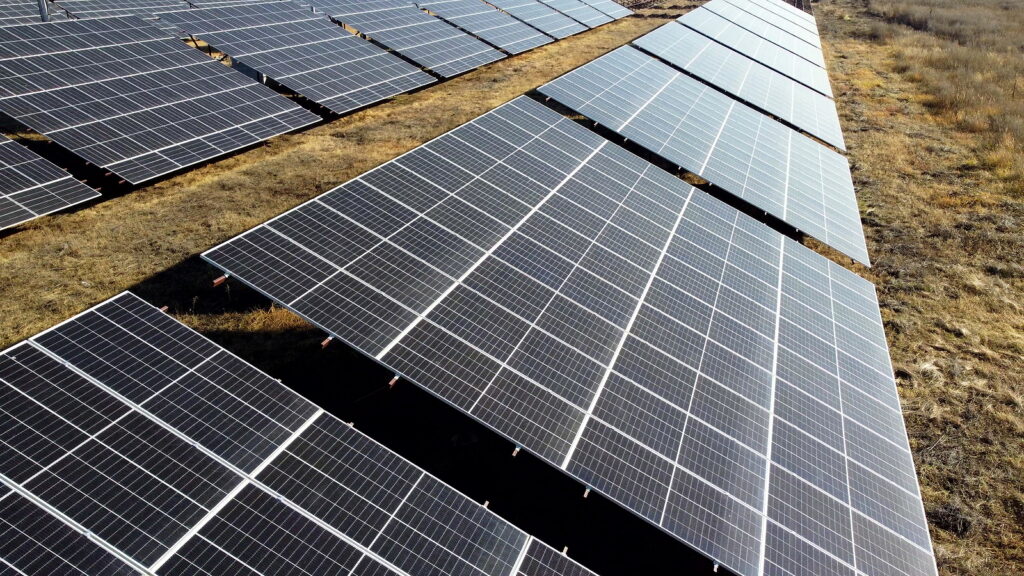
Why Go Off-Grid?
The choice to go off-grid and embrace an independent energy solution is influenced by a diverse array of compelling reasons, each driven by unique motivations and objectives. Delving deeper into this transformative decision, we find a tapestry of factors that individuals and communities consider when making the switch.
Environmental Stewardship
One of the paramount motivations for going off-grid revolves around environmental concerns. Embracing solar energy as a renewable and clean electricity source offers a tangible way to reduce one's carbon footprint. By minimizing reliance on fossil fuels and associated greenhouse gas emissions, off-grid enthusiasts actively contribute to a more sustainable and ecologically balanced future. The gratification of knowing that their energy choices positively impact the environment becomes a driving force in their quest for energy autonomy.
Energy Independence
An off-grid solar system presents the opportunity for true energy independence. Liberated from the constraints of the traditional electricity grid, individuals and households can confidently face power outages or unforeseen disruptions without being left in the dark. The freedom to chart their own energy course grants them a sense of control over their power consumption, fostering a profound feeling of self-sufficiency and resilience in an ever-changing energy landscape.
Cost Savings
While the initial investment in an off-grid solar system might appear substantial, a closer examination reveals significant cost-effectiveness in the long term. Advancements in solar storage system technology, coupled with the rising prices of conventional energy sources, have shortened the payback period for solar installations. As the years go by, off-grid enthusiasts can witness a substantial reduction in energy expenses, translating into noteworthy savings that enrich their financial well-being and provide an attractive return on investment.
Remote Power Provision
In remote and secluded locations where traditional power infrastructure may be absent or economically unfeasible to deploy, off-grid solar systems offer an enticing solution. Whether it's a wilderness cabin, an off-the-grid retreat, or a remote research station, solar energy provides a reliable means to access electricity in areas that were once considered beyond the reach of modern energy services. This power provision in remote locations fosters sustainable development and supports human activities without compromising the surrounding environment.
Energy Resilience
Off-grid solar systems equipped with battery storage offer an additional advantage – energy resilience. By having a backup reserve of electricity, users can remain unaffected during periods of inclement weather or extended periods of reduced solar exposure. This added layer of energy security ensures a continuous power supply, safeguarding daily activities and critical systems even in adverse conditions.
Empowering Local Communities
Embracing off-grid solar solutions can serve as a catalyst for community empowerment. In certain regions with limited access to stable electricity, collaborative efforts to implement off-grid systems can uplift local communities by providing them with a reliable and sustainable energy source. These initiatives not only improve living conditions but also foster economic growth and social development, creating a more inclusive and interconnected society.
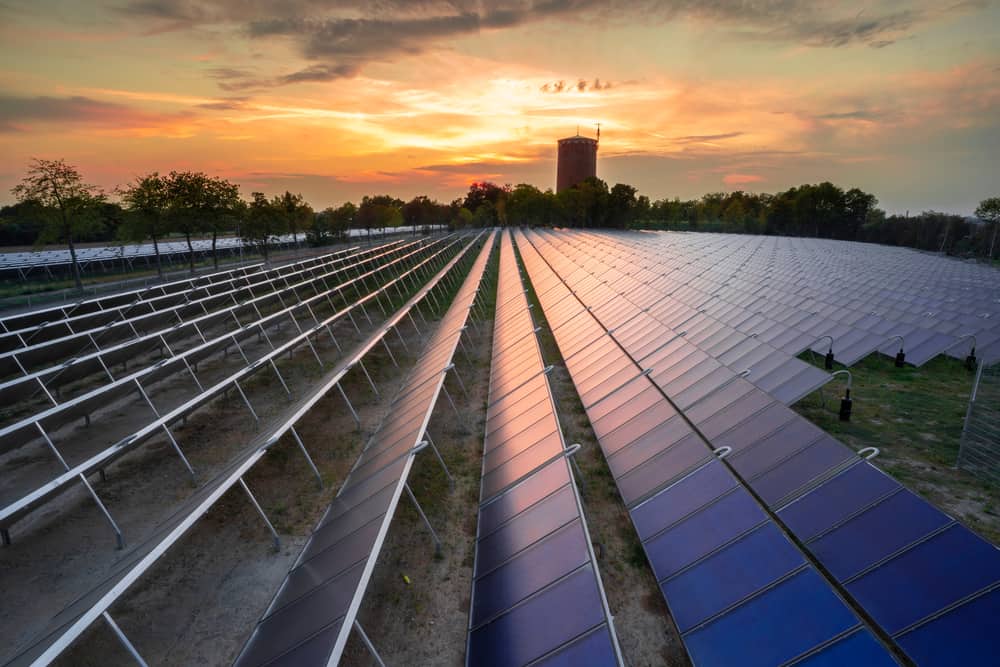
Benefits of using an off-grid solar system with battery storage
Independence from the Grid
One of the primary advantages of utilizing an off-grid solar system with battery storage is the absolute independence it offers from the traditional power grid. By relying on solar energy stored in batteries, you can liberate yourself from the uncertainties of the main power supply, rendering you immune to power outages or blackouts. This autonomy empowers you with greater control over your energy consumption and fosters a reduced dependency on fossil fuels, making you more self-sufficient and resilient in the face of energy challenges.
Reduced Energy Bills
Embracing an off-grid solar system translates into substantial savings on energy bills. Once the system is meticulously installed and operational, you become a self-sustaining electricity generator. Consequently, you no longer need to pay for electricity sourced from the grid, leading to noticeable 20kw solar system cost with batteries reductions in the long run. This financial benefit can provide greater financial stability and freedom from fluctuating energy prices.
Reduced Carbon Footprint
Opting for an off-grid solar system demonstrates your commitment to environmental sustainability. Solar energy is inherently clean and renewable, utilizing the sun's power to generate electricity. By harnessing this green energy source, you actively contribute to a cleaner planet by reducing your carbon footprint and mitigating greenhouse gas emissions. This environmentally conscious decision fosters a greener lifestyle and sets an exemplary precedent for others in your community.
Increased Property Value
Integrating an off-grid solar system with battery storage can substantially enhance the value of your property. The growing awareness of environmental issues and the increasing preference for energy-efficient homes among buyers make your property more attractive to potential purchasers. The prospect of lower energy bills and reduced environmental impact becomes a compelling selling point, boosting the marketability and overall appeal of your property.
Energy Security and Reliability
In addition to the benefits of independence from the grid, an off-grid solar system provides a reliable and secure energy source. With battery storage, you have a backup reserve of electricity, ensuring continued power supply during overcast days or inclement weather conditions. This added security can be particularly vital in remote areas or regions prone to frequent power disruptions.
Flexibility in Location
Off-grid solar systems offer the flexibility to establish energy solutions in remote or hard-to-reach locations where traditional power infrastructure may be lacking or costly to implement. This adaptability makes them ideal for rural communities, wilderness cabins, or even for sustainable development in developing regions, fostering inclusivity in accessing clean and reliable energy.
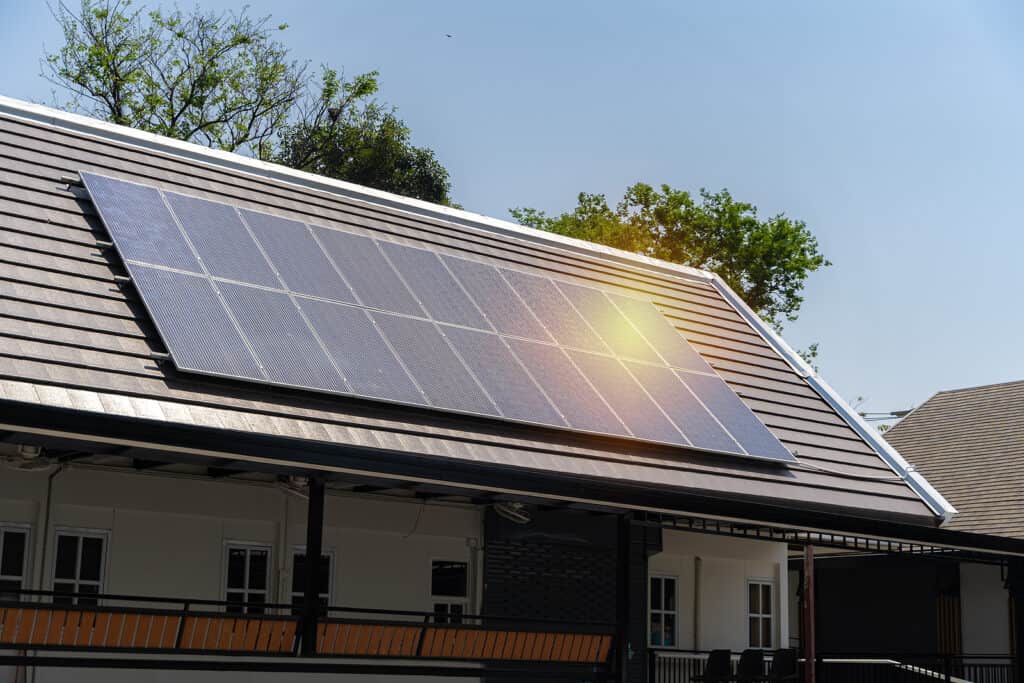
Calculating Your Energy Needs
n order to design an effective 20kW solar power system, it is essential to undertake a thorough assessment of your energy requirements. This involves a comprehensive evaluation of all the power loads within your household or facility, encompassing not only lighting but also various appliances, heating and cooling systems, and electronic devices.
To accurately calculate your energy needs, there are several crucial steps to follow:
- Inventory of Power Loads: Begin by creating a detailed inventory of all the electrical appliances and devices in your home or business that consume power. This includes everything from large appliances like refrigerators, air conditioners, and washing machines to smaller devices such as computers, televisions, and lighting fixtures. Make sure to account for any new or upcoming appliances that you plan to add to your setup.
- Assess Daily Usage: For each power load identified in the inventory, estimate the average daily usage in terms of hours or minutes. Consider how often you use these devices and for how long they remain operational during a typical day.
- Peak Power Consumption: Identify power loads that have higher energy demands during certain periods. For instance, heating and cooling systems may consume more electricity during extreme weather conditions. These peak loads are crucial to determine the overall capacity required for your solar power system.
Some videos to help with understanding 20kw solar power
What you need to know before installing an off-grid solar system with battery storage
Energy consumption
Before installing an off-grid solar system with battery storage, you need to assess your energy consumption. This will help you determine the size of the system you need. You can do this by reviewing your energy bills over the past year and calculating your average daily energy usage.
Solar panel placement
The placement of your solar panels is crucial to the performance of the system. The panels need to be installed in a location that receives maximum sunlight throughout the day. You also need to consider the angle of the panels and the direction they face to optimize the energy output.
Battery storage capacity
Battery storage capacity is another critical factor to consider when installing an off-grid solar system. The capacity of the battery determines how much energy can be stored and used during periods when there is no sunlight. You need to ensure that the battery storage capacity is sufficient to meet your energy needs.
System maintenance
An off-grid solar system with battery storage requires regular maintenance to ensure it operates efficiently. This includes cleaning the solar panels, checking the battery charge level, and monitoring the system performance. You should also have a backup plan in case the system fails, such as a generator or connection to the grid.
Cost considerations
The cost of installing an off-grid solar system with battery storage can be significant, and it is important to consider the upfront costs and the long-term savings. The initial costs include the solar panels, battery storage, inverter, and installation costs. However, over time, you can save money on electricity bills, and the system can pay for itself in the long run.
Permits and regulations
Before installing an off-grid solar system with battery storage, you need to check with your local authorities for permits and regulations. Building codes, zoning laws, and environmental regulations can affect the installation of solar systems, and it is important to comply with all requirements.
Backup plan
Even with an off-grid solar system with battery storage, it is important to have a backup plan in case of emergencies. This can include a generator, connection to the grid, or a backup battery system. It is also important to have a plan for maintenance and repairs, as any issues can affect the performance of the system.
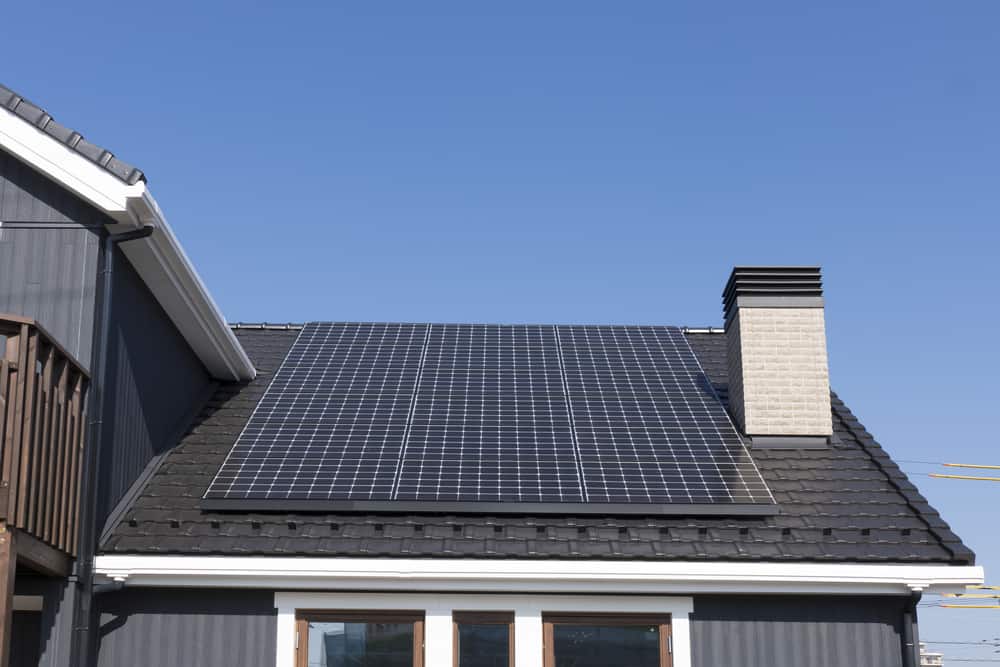
Designing a 20kw Solar Power System
Embarking on the design of a 20kW solar power system demands meticulous attention to detail and a comprehensive understanding of various components. Here's an elaborate step-by-step guide to help you craft a robust and efficient solar setup:
Step 1 – Choosing Solar Panels
The foundation of any solar power system lies in selecting the right solar panels. These photovoltaic modules come in various types, such as monocrystalline, polycrystalline, or thin-film, each with its own advantages in terms of efficiency and cost. Additionally, panel sizes and wattages vary, necessitating a thoughtful consideration of your specific requirements, available installation space, and budget constraints.
Step 2 – Selecting a Solar Inverter
A crucial element in the solar system design is the solar inverter. This device is responsible for converting the direct current (DC) power produced by the solar panels into alternating current (AC) electricity that can power your home or business. The choice of inverter should align with the total capacity of the solar panels and be compatible with your electrical system.
Step 3 – Deciding on a Charge Controller
If your 20kW solar system incorporates battery storage, a charge controller becomes essential. This device regulates the charging process of the batteries, protecting them from overcharging, which could shorten their lifespan, or deep discharging, which could cause irreversible damage. Careful consideration should be given to the charge controller's capacity and features to ensure optimal battery management.
Step 4 – Calculating the Number of Solar Panels Needed
Determining the appropriate number of solar panels involves a meticulous analysis of your energy consumption, daily energy requirements, and the solar panel wattage. Additionally, considering the average amount of sunlight your location receives is crucial to accurately sizing the system for optimal performance. This calculation ensures that the solar power generated can fulfill your energy needs efficiently throughout the year.
Step 5 – Determining the System Layout
Crafting an effective system layout is pivotal in maximizing solar energy generation. Factors such as the orientation and tilt angle of the solar panels play a significant role in optimizing sunlight exposure and overall efficiency. Ensuring that the panels are positioned to capture the most sunlight throughout the day is critical. Moreover, identifying potential shading issues, whether from nearby buildings, trees, or other obstacles, is vital to avoid energy losses and maintain system productivity.
Step 6 – Assessing Electrical Safety
When designing a 20kW solar power system, electrical safety considerations must not be overlooked. Adequate grounding, overcurrent protection, and adherence to local electrical codes and regulations are essential for a safe and reliable installation. Engaging a certified electrician experienced in solar installations can ensure compliance with safety standards.
Step 7 – Monitoring and Maintenance
Implementing a monitoring system is beneficial for tracking the performance of your solar power system. Real-time monitoring allows you to assess energy production, identify potential issues, and ensure optimal functionality. Moreover, periodic maintenance, such as cleaning the solar panels and inspecting components, helps maintain system efficiency and longevity.
FAQs about off-grid with 20kw solar power
How much power does a 20kw solar system produce per day?
The power production of a 20kW solar system per day depends on various factors, such as location, weather conditions, and panel efficiency. On average, a well-designed and adequately placed solar system of this capacity could generate around 80-100 kilowatt-hours (kWh) per day. However, actual daily output may vary, and it's essential to consult a solar expert or use specific software to estimate the system's production accurately based on the installation site.
How many batteries for 20kw solar system calculator?
The number of batteries required for a 20kW solar system depends on the energy storage capacity needed and the type of batteries used. To determine the exact number, you need to know the capacity of each battery and the desired storage duration during times of low solar production or during the night. If you provide more specific information about the batteries, I can assist you in calculating the required quantity.
20kw solar system with batteries?
It refers to an off-grid solar power system that generates 20 kilowatts of electricity and includes energy storage batteries. Such a system allows you to harness solar energy during the day and store excess electricity in the batteries for use when the sun is not shining. This setup is particularly beneficial for locations where grid connectivity is unreliable or unavailable, providing a reliable and sustainable power source.
20kw mppt offgrid solar power system with battery?
A 20kW MPPT (Maximum Power Point Tracking) off-grid solar power system with battery includes an MPPT charge controller, which optimizes the efficiency of solar panels by tracking and extracting the maximum available power. Similar to the previous answer, this system generates 20 kilowatts of electricity and uses batteries for energy storage. The MPPT technology ensures that the solar panels operate at their most efficient voltage, maximizing energy production.
20kw solar system price?
The price of a 20kW solar system can vary significantly depending on several factors, such as the quality and brand of solar panels, inverters, mounting structures, and other components, as well as installation costs and regional factors. As of my last update in September 2021, a rough estimate for a complete 20kW solar system, including installation, ranged between $25,000 to $50,000 USD. However, solar technology costs are continually evolving, and prices may have changed since then, so it's best to obtain quotes from local solar providers for the most accurate and up-to-date pricing information.
Conclusion
As I conclude this comprehensive guide to going off-grid with a 20kW solar power system and battery storage, I find myself filled with excitement and a newfound sense of empowerment. The idea of embracing an off-grid lifestyle in my remote corner of the world, where traditional grid access is limited and costly, has taken root deep within me. The possibilities of harnessing clean and renewable solar energy to meet my energy needs independently have become alluringly tangible.
The concept of an off-grid solar system with battery storage has unfolded before me, revealing a sophisticated yet efficient power solution. Understanding its components, from solar panels and charge controllers to batteries and inverters, has unveiled the technology that will liberate me from the reliance on traditional electricity grids.
Sources
U.S. Energy Information Administration, “How much electricity does an American home use?” https://www.eia.gov/tools/faqs/faq.php?id=97&t=3
Renewable Energy Hub, “Off Grid Solar Systems: Design and Installation Considerations” https://www.renewableenergyhub.co.uk/off-grid-solar/

